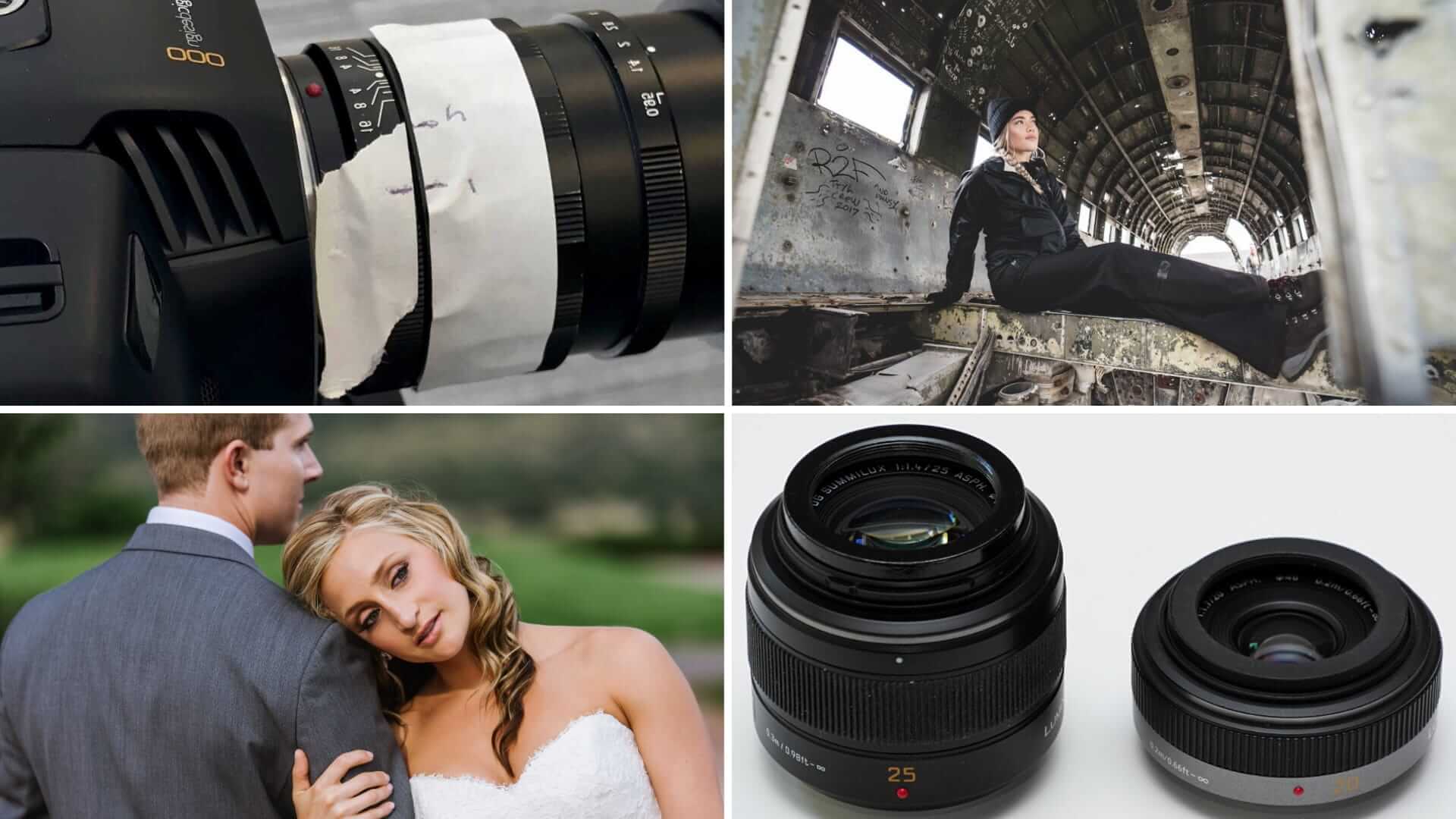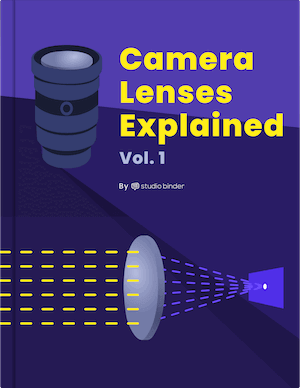Have you ever changed the focus of your lens and noticed something… change? Not just the focus, but the image itself reframes and changes size. This is focus breathing. It can be annoying and distract your audience when it occurs in the middle of a shot. What is focus breathing and why does it occur? In this article, we’ll dive into the definition of focus breathing, why it happens, and some tips on how to anticipate or avoid it all together.
What is focus breathing
First, let’s define focus breathing
Focus breathing may sound like a meditation practice, but it is more technical than it sounds. The effect of it is commonly experienced by photographers and cinematographers, but few know about the term used to describe the effect.
Some image makers consider it a nuisance while others embrace it wholly. Like any aesthetic choice, it just depends. But the important thing here is to understand what is happening so you can deal with it as you see fit.
FOCUS BREATHING DEFINITION
What is focus breathing?
Focus breathing, also called lens breathing, is a term used to reference the change in a lens’ focal length as the focal distance changes. To better understand this, look through your camera’s viewfinder. Then turn the focus ring from infinity to a midrange focus distance. The slight zoom in or out that you see in the frame when you do this is focus breathing. The amount of change that occurs can depend entirely on the lens you are shooting on. Lens breathing is typically more of a problem for shooting video than it is for still photography.
How to deal with focus breathing
- Use cinematic lenses
- Compensate for it in post-production
- Buy specific lenses
What is lens breathing
Why focus breathing happens
To understand why lens breathing happens, it is important to understand how a camera lens works. Most modern camera lenses utilize an “internal focus” system. This means that when the focus of a lens is adjusted, internal lens elements move rather than the whole barrel of the lens.
You'll find more background info in our posts on camera focus and depth of field. To learn more about different types of camera lenses, check out our e-book — The Ultimate Guide to Camera Lenses.
Free downloadable bonus
FREE Download
Camera Lenses Explained
Every type of camera lens has distinct qualities and visual characteristics that every image-maker should understand. Download our FREE e-book to get in-depth explanations on prime vs. zoom lenses, anamorphic vs. spherical lenses, wide angle, standard, telephoto and even specialty lenses that all tell a slightly different story.
Most lens manufacturers utilize internal focus systems for a few benefits. Firstly, internal focus systems do not affect the overall weight and size of the camera lens since the size of the internal lens elements stay the same at any focus distance. Internal focus systems also allow for easier use of lens filters since the front elements of the lens do not move when focusing.
What is focus breathing lens • Example
The benefits of an internal focus system does come at the cost of the lens-breathing. When the lens focuses, the internal focus system moves independently while other lens elements do not. This can result in a slight change in focal length known as focus breathing.
What is focus breathing explained
The amount of lens breathing that occurs can depend on the size of the internal focus elements within the lens. Focus breathing typically happens more often when focusing at close distances.
When focusing at infinity, a lens’ focal length is more true to what it is marketed as. The tricky part is that manufacturer’s do not market or clarify the extent of focus breathing a lens may have. So how can you avoid problems associated with this effect? Here are a few tips.
Related Posts
What is focus breathing
Dealing with lens breathing
The first and most obvious solution for lens breathing is to buy lenses that do not breathe. Unfortunately, nearly all photographic lenses are subject to breathing. If you are a stills photographer, breathing may not be as big of a problem to capturing your shot.
However, if you shoot video, lens breathing can be extremely distracting when it occurs mid-shot. The typical solution to this for cinematographers is to purchase cinematic lenses. Cinematic lenses are designed to avoid these problems and some have greatly reduced the effect. Just take a look at this lens breathing example below:
Sony 35mm Lens Breathing Test
The minimal, nearly nonexistent, lens breathing of cinema lenses does, however, cost a pretty penny. Cine lenses can be incredibly expensive due to how they are manufactured and built.
If you are looking to buy less expensive lenses, but are wary of the amount of lens breathing they might have, here is a tip to keep in mind. Most lenses will have its “maximum magnification” listed in its specifications.
A lens’ maximum magnification is the ratio of the actual size of an image to the size of the image on the camera’s sensor. For example a lens with a 0.25x maximum magnification will exhibit less focus breathing than one with a 0.12x maximum magnification rating.
If post-production and editing is more of your area of expertise, there are ways to compensate for focus breathing lens in post. Here is a video that breaks down how to do this using DaVinci Resolve.
What is focus breathing • Focus breathing lens fixes
A simpler, and easier way to test for lens breathing is to test the lens on your camera on a tripod before buying it. Simply rack focus and watch the edges of the frame for any zooming in or out.
Breathing can be an annoying problem for any photography or cinematographer. Testing your lenses and being aware of what breathing is will help you avoid running into any problems with it in the future.
Related Posts
UP NEXT
A Complete Buying Guide for Lenses
Focus breathing is only one thing to consider when buying a new lens. The purchasing process can be overwhelming as there are many things to consider. Luckily, we’ve put together a complete buying guide that will help direct you to the perfect lens for you. Check it out in the next article.
Up Next: Lens Buying Guide →
Share your vision with elegant shot lists and storyboards.
Create robust and customizable shot lists. Upload images to make storyboards and slideshows.

